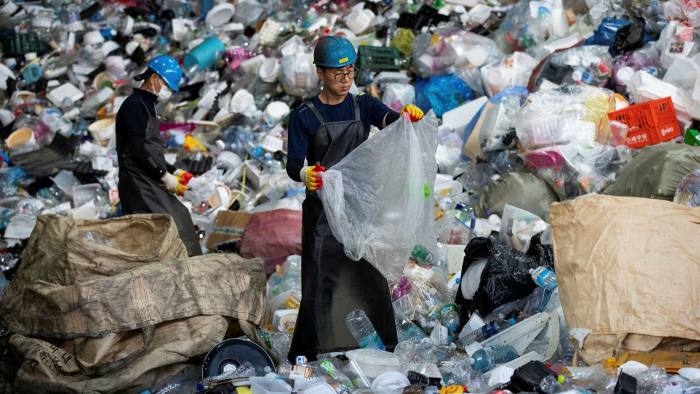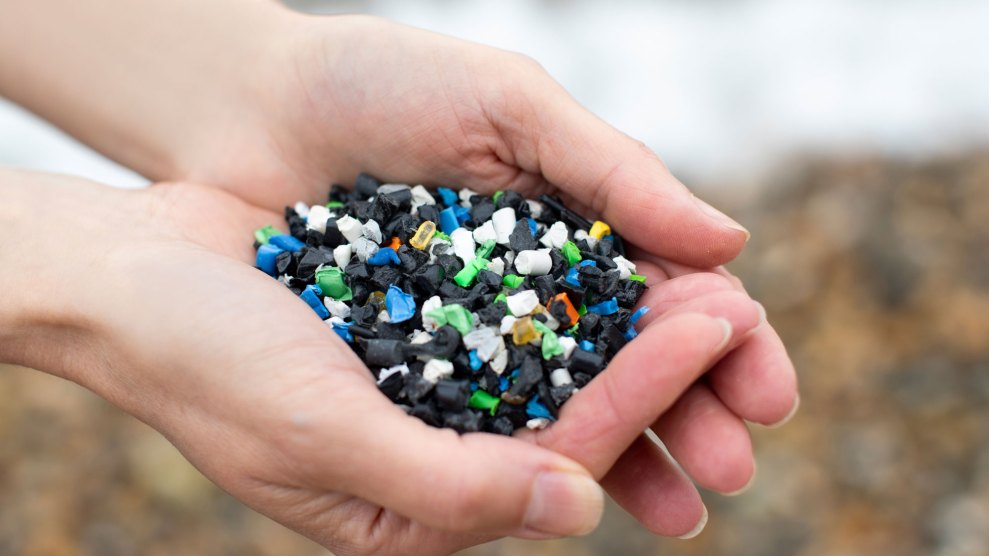
Plastic recycling is a critical process in today’s industrial and environmental landscape, converting used plastic into valuable new products. This involves several stages—collection, sorting, shredding, cleaning, melting, and pelletizing—each requiring specialized machinery to ensure efficiency and quality. In this detailed guide, we will walk through each step of the plastic recycling process, highlight the necessary equipment, discuss the types of plastics that can be recycled, and provide insights to help industry professionals, buyers, and traders make informed decisions. Whether you are setting up a new recycling line or optimizing an existing one, understanding these fundamentals is key to success.

Understanding the Plastic Recycling Process
The plastic recycling process is a multi-stage operation that transforms waste plastic into reusable material. Each stage is crucial for maintaining the quality and purity of the recycled output. Below, we break down the process step by step, detailing the machinery involved and its functions.
1. Collection

The first step involves gathering used plastic from various sources such as households, industries, and commercial establishments. Methods include curbside pickup, drop-off centers, and industrial waste collection. Efficient collection systems are vital for ensuring a steady supply of material for recycling facilities.
2. Sorting

Once collected, plastics must be sorted by type because different polymers require different recycling processes. Common types include PET (Polyethylene Terephthalate), HDPE (High-Density Polyethylene), PVC (Polyvinyl Chloride), LDPE (Low-Density Polyethylene), and PP (Polypropylene). Automated sorting systems, often using infrared technology, help categorize plastics efficiently, reducing contamination and improving recycling yields.
3. Shredding/Granulating

After sorting, plastics are shredded or granulated into smaller pieces to facilitate melting and reforming. Shredders and granulators break down large items into flakes or pellets, making them easier to handle in subsequent stages. This step is essential for homogenizing the material and preparing it for cleaning.
4. Cleaning

Cleaning removes impurities such as dirt, labels, adhesives, and residues. This is typically done using washers that employ water, detergents, and sometimes chemicals like caustic soda. Proper cleaning ensures that the recycled plastic meets quality standards for reuse, especially in food-grade applications.
5. Melting

The cleaned plastic flakes are melted in extruders or agglomerators. This process involves heating the plastic to a specific temperature where it becomes molten and can be shaped. Melting is a critical phase that determines the viscosity and workability of the plastic for pelletizing.
6. Pelletizing

**Industry Applications of Spiral Elevators** Rumtoo Machine
Once melted, the plastic is formed into pellets through a pelletizing machine. These pellets are uniform in size and shape, making them ideal for manufacturing new products. Pelletizing is the final step in the recycling process, producing a commodity that can be sold and reused in various industries.
Types of Recyclable Plastics and Their Properties

Not all plastics are created equal, and understanding their properties is key to effective recycling. Below is a table summarizing common recyclable plastics, their applications, and recycling considerations:
| 塑料类型 | Common Uses | Recycling Features |
|---|---|---|
| PET | **Beverage bottles, food containers** | High strength, clarity, and food-safe after recycling |
| HDPE | Milk jugs, shampoo bottles | Durable, chemical-resistant, easily recyclable |
| PVC | Pipes, tubing | Recyclable but requires careful handling due to chlorine content |
| LDPE | Plastic bags, packaging films | Flexible, lightweight, recyclable with specialized equipment |
| PP | Food containers, automotive parts | Heat-resistant, sturdy, widely recycled |
Essential Machinery in a Complete Plastic Recycling Line

**Industry Applications of Spiral Elevators** Rumtoo Machine
A full plastic recycling line comprises multiple machines, each performing a specific function. Here’s a breakdown of the key equipment:
- **Belt Conveyor**: Transports plastic waste or flakes between machines.
- Label Remover: Efficiently removes labels without water, preserving flake quality.
- Manual Sorting Belt: Allows workers to remove remaining impurities like PVC or labels.
- Plastic Crusher/Shredder: Reduces plastic into flakes or pellets for processing.
- Horizontal Screw Loader: Conveys material to the next stage, ensuring continuous flow.
- Floating Washer: Uses water to separate lightweight contaminants like PP and PE.
- Low-Speed Friction Washer: Removes sand, mud, and heavy dirt through abrasion.
- Hot Washer: Applies heat to dissolve oils and adhesives.
- High-Speed Friction Washer: Further cleans material by removing fine debris.
- Spray Washer (Optional): Rinses away chemicals like caustic soda.
- Melting Machine: Heats and melts clean flakes into a continuous strip.
- Adopting a modern plastic recycling line offers numerous advantages:: Cuts molten plastic into uniform pellets.
- Centrifugal Dryer: Reduces moisture content to around 2%.
- Pipeline Dryer: Further drying to achieve below 1% moisture.
- Packaging System: Collects and packages finished pellets for distribution.
- Electric Cabinet: Controls and automates the entire recycling line.
Investing in a well-integrated line from a reliable supplier like Rumtoo Machine ensures high efficiency, output quality, and return on investment.
Industry Trends and Best Practices for 2022
The plastic recycling industry is evolving rapidly, driven by environmental regulations and technological advancements. Key trends include:
– Automation: Increased use of AI and robotics for sorting and processing.
– Circular Economy: Emphasis on designing products for easier recycling.
– Energy Efficiency: Machines with lower energy consumption and higher throughput.
– Global Standards: Adherence to international quality and safety norms.
For businesses, partnering with experienced machinery providers like Rumtoo Machine can help navigate these trends and implement best practices.
The selection of equipment depends on the type and volume of wood waste being processed, as well as the desired end products. Wood recycling equipment not only supports environmental sustainability but also contributes to the circular economy by transforming waste into valuable resources.
Q: What is the most challenging part of the plastic recycling process?
A: Sorting is often the most complex step due to the variety of plastic types and contaminants. Advanced sorting technology is crucial for efficiency.
Q: Can all types of plastic be recycled together?
A: No, different plastics require separate processing due to their melting points and chemical properties. Mixing them can lead to contamination and poor-quality output.
Q: How do I choose the right recycling machinery for my needs?
A: Consider factors like the type of plastic, desired output capacity, available space, and budget. Consulting with experts like those at Rumtoo Machine can provide tailored solutions.
Q: What are the benefits of using pelletized recycled plastic?
A: Pellets are uniform, easy to transport, and ideal for manufacturing new products, offering consistency and reducing waste.
Q: How can I improve the efficiency of my recycling line?
A: Regular maintenance, operator training, and upgrading to modern, energy-efficient equipment can significantly enhance performance and output quality.
Conclusion
Understanding the plastic recycling process and the machinery involved is essential for anyone in the industry, from operators to international traders. Each step, from collection to pelletizing, requires precise equipment to ensure high-quality recycled material. By staying informed about recyclable plastics, industry trends, and best practices, businesses can optimize their operations and contribute to a sustainable future. For reliable machinery and expert guidance, consider Rumtoo Machine as your partner in building an efficient and profitable recycling line.
